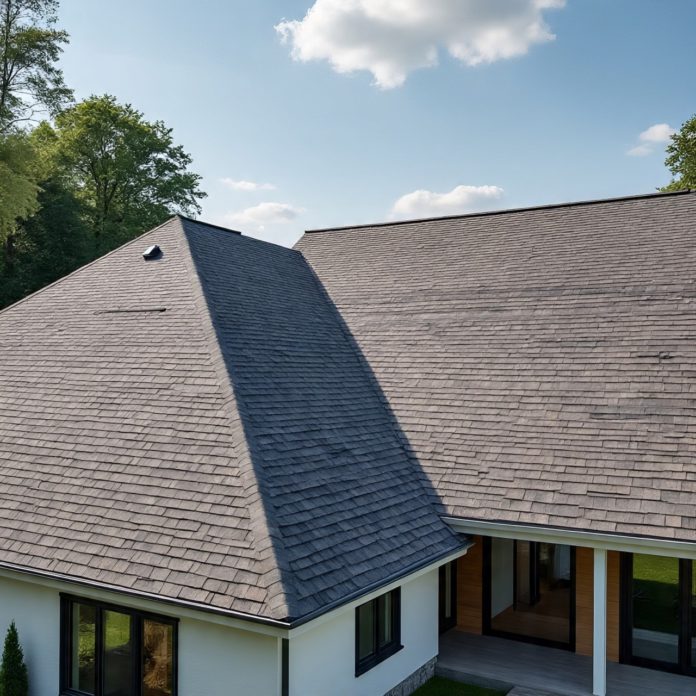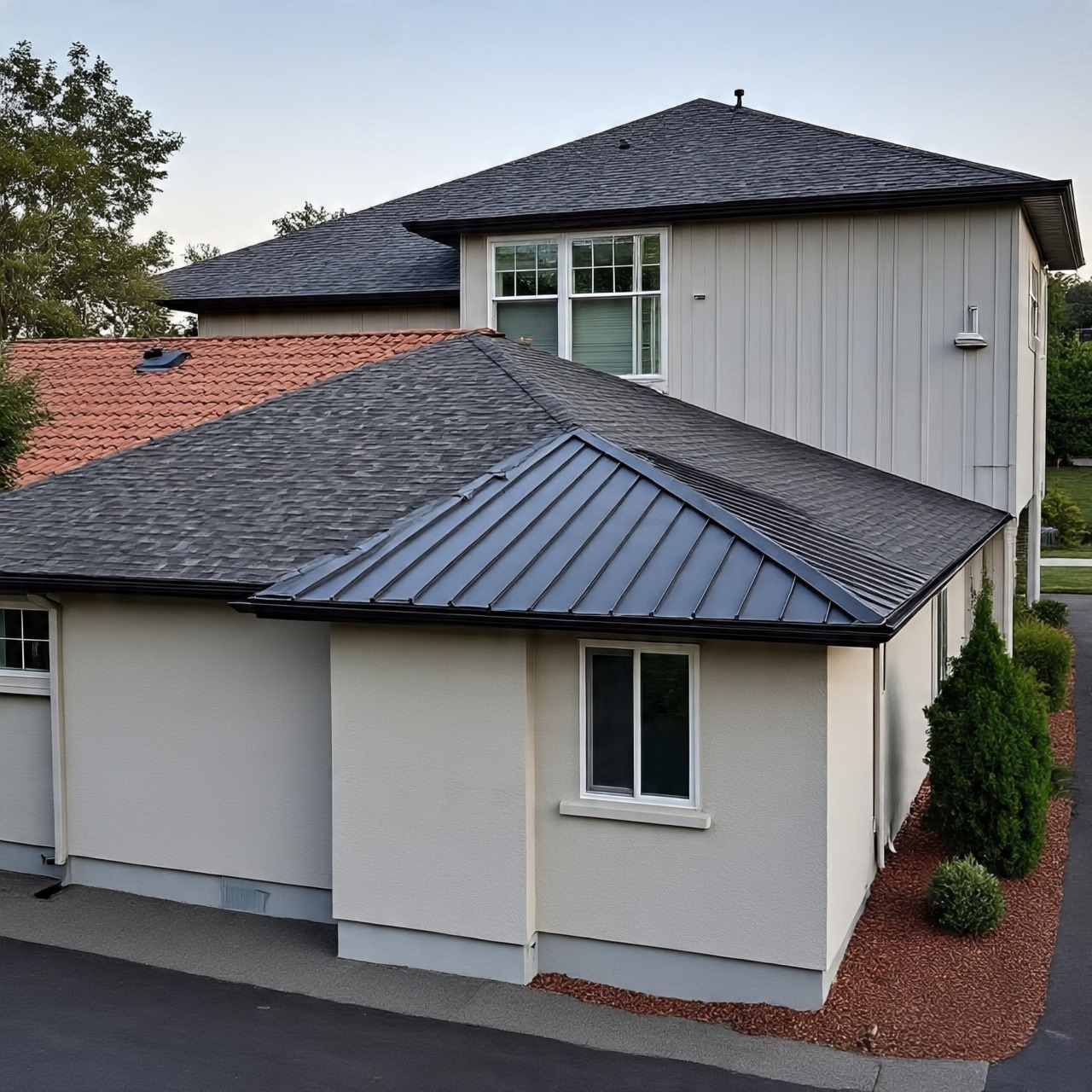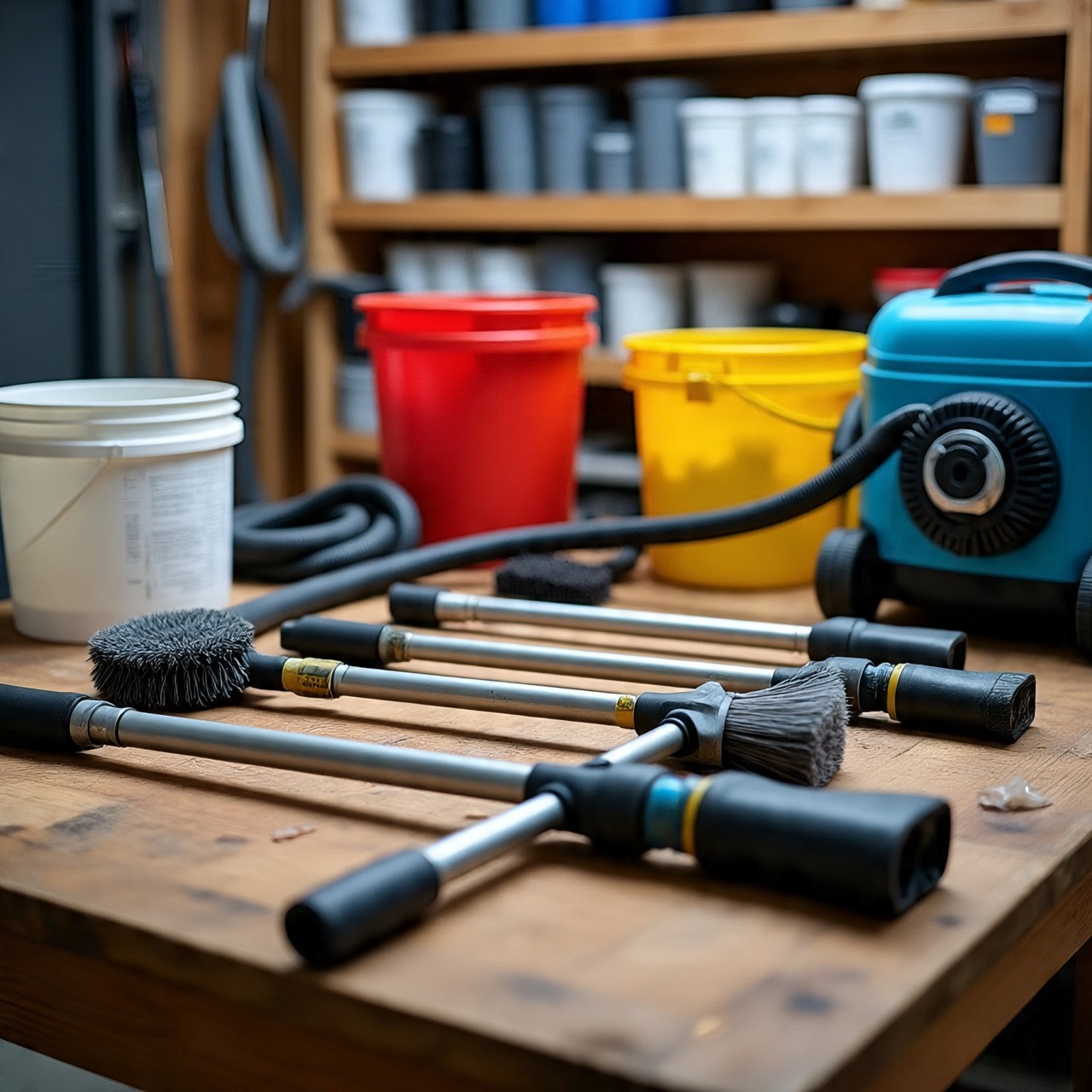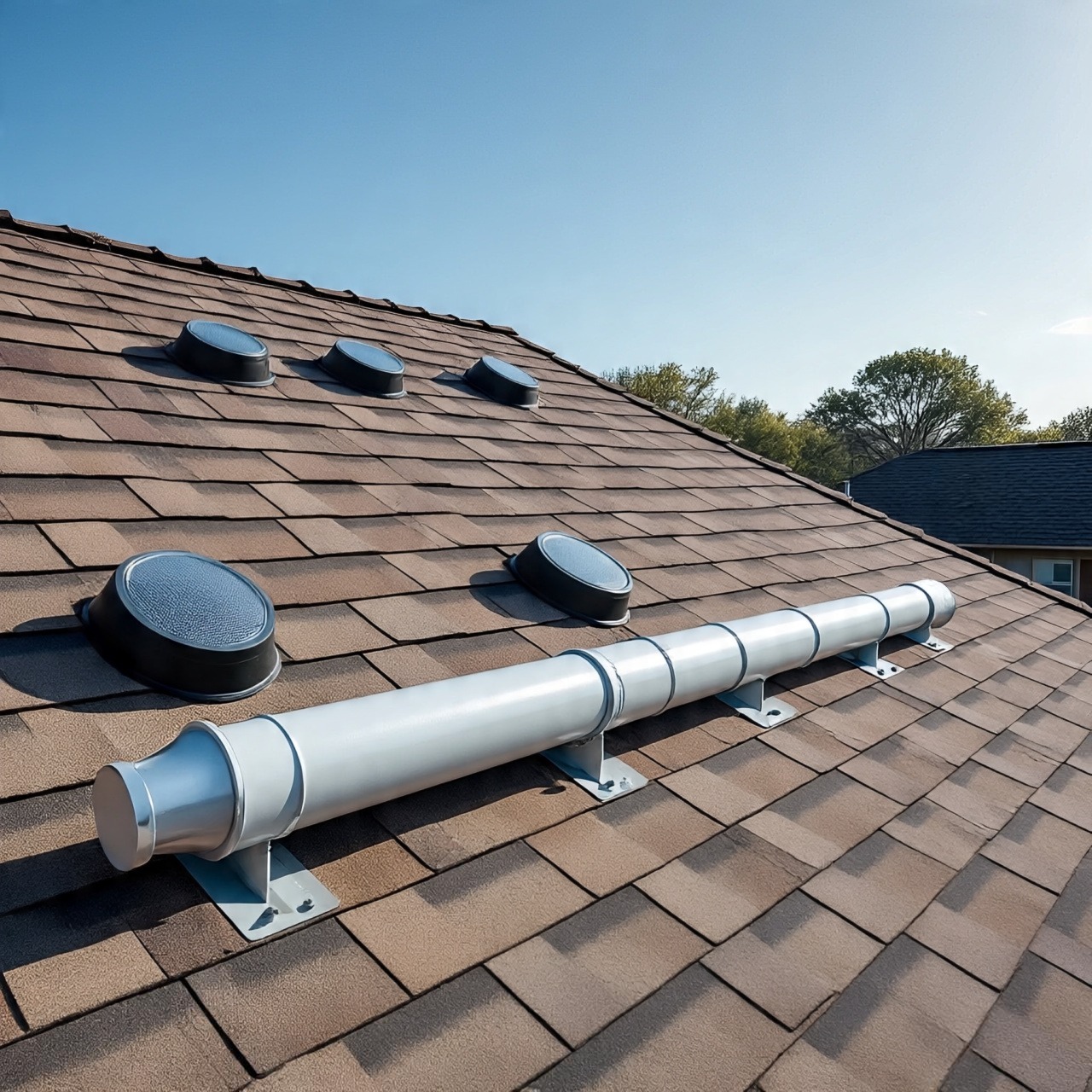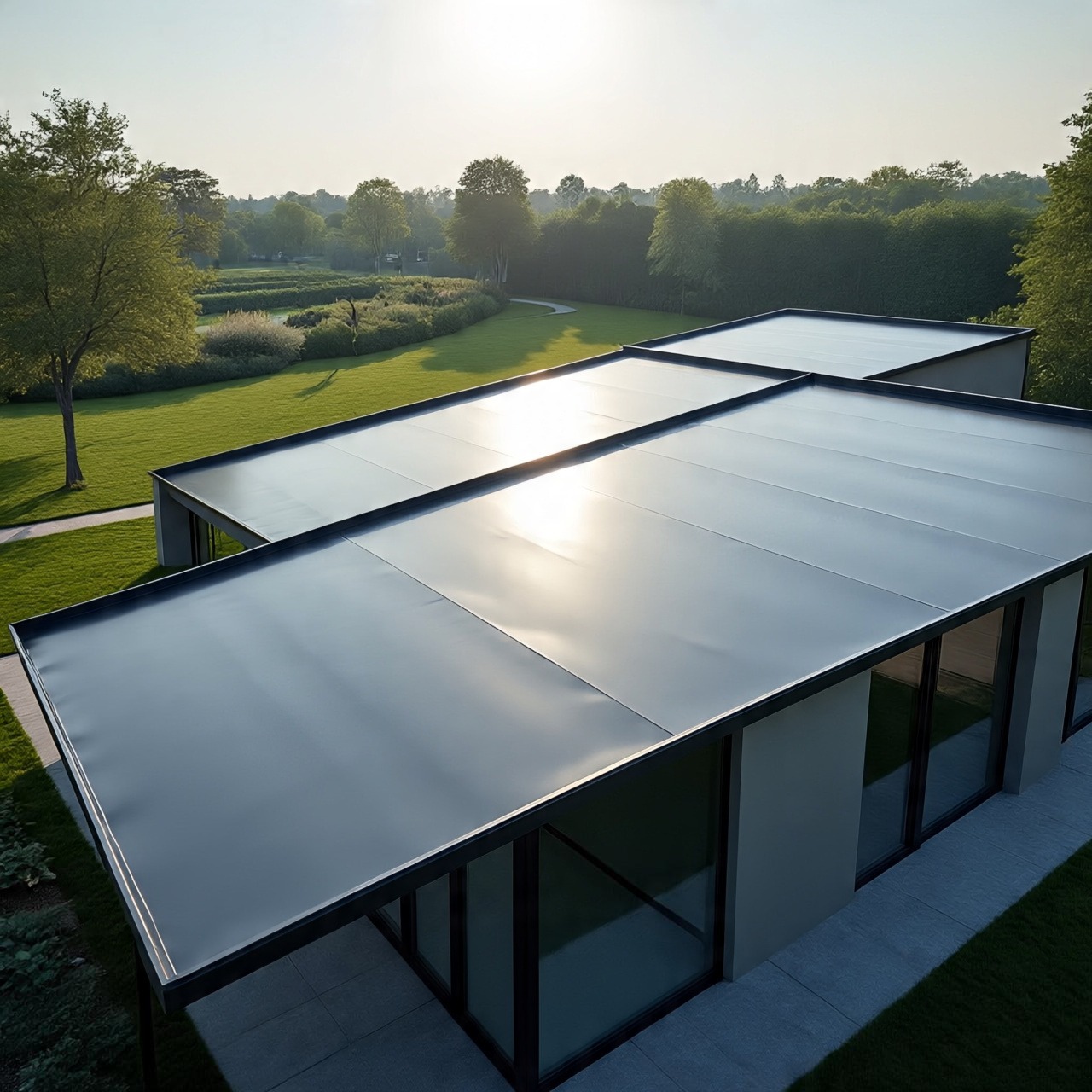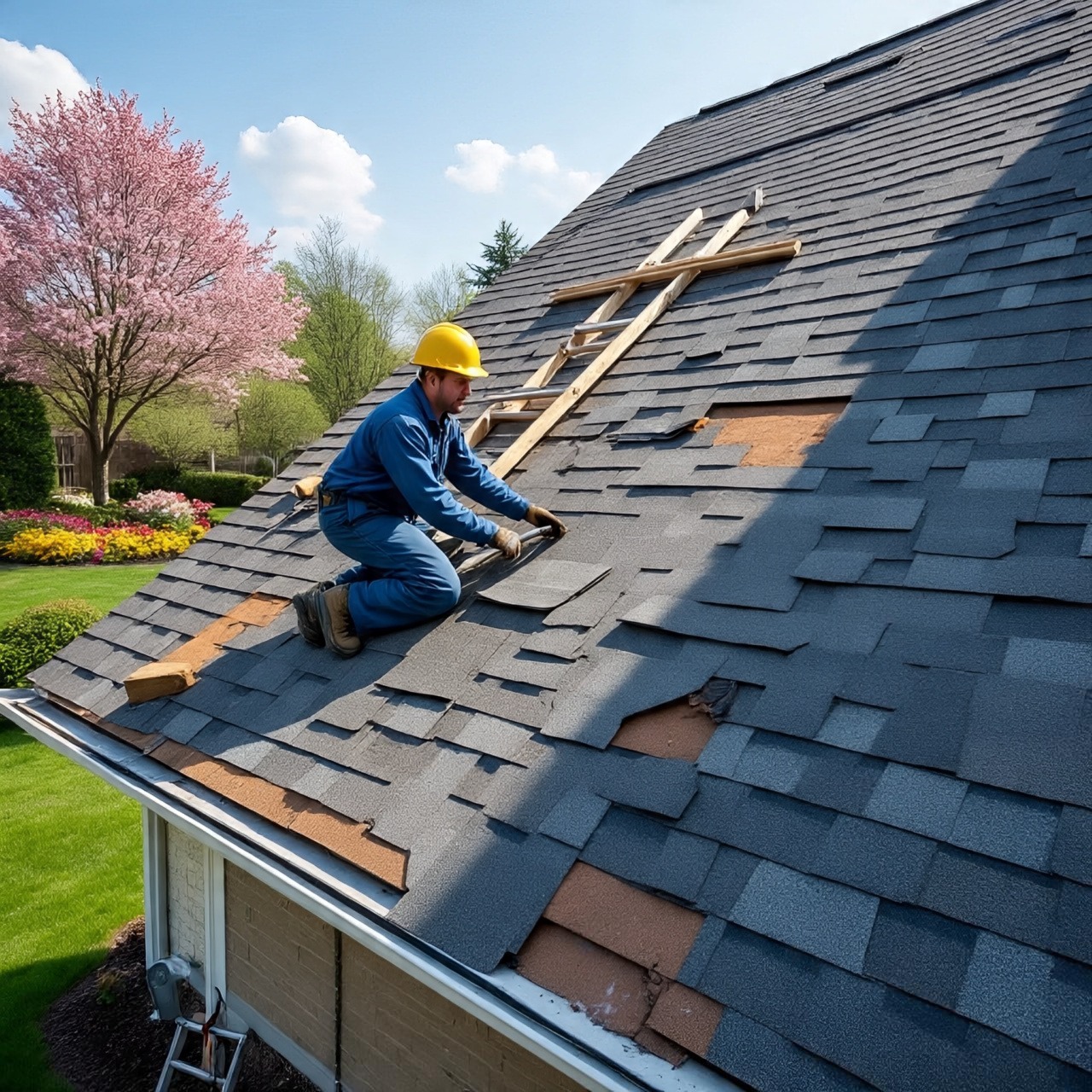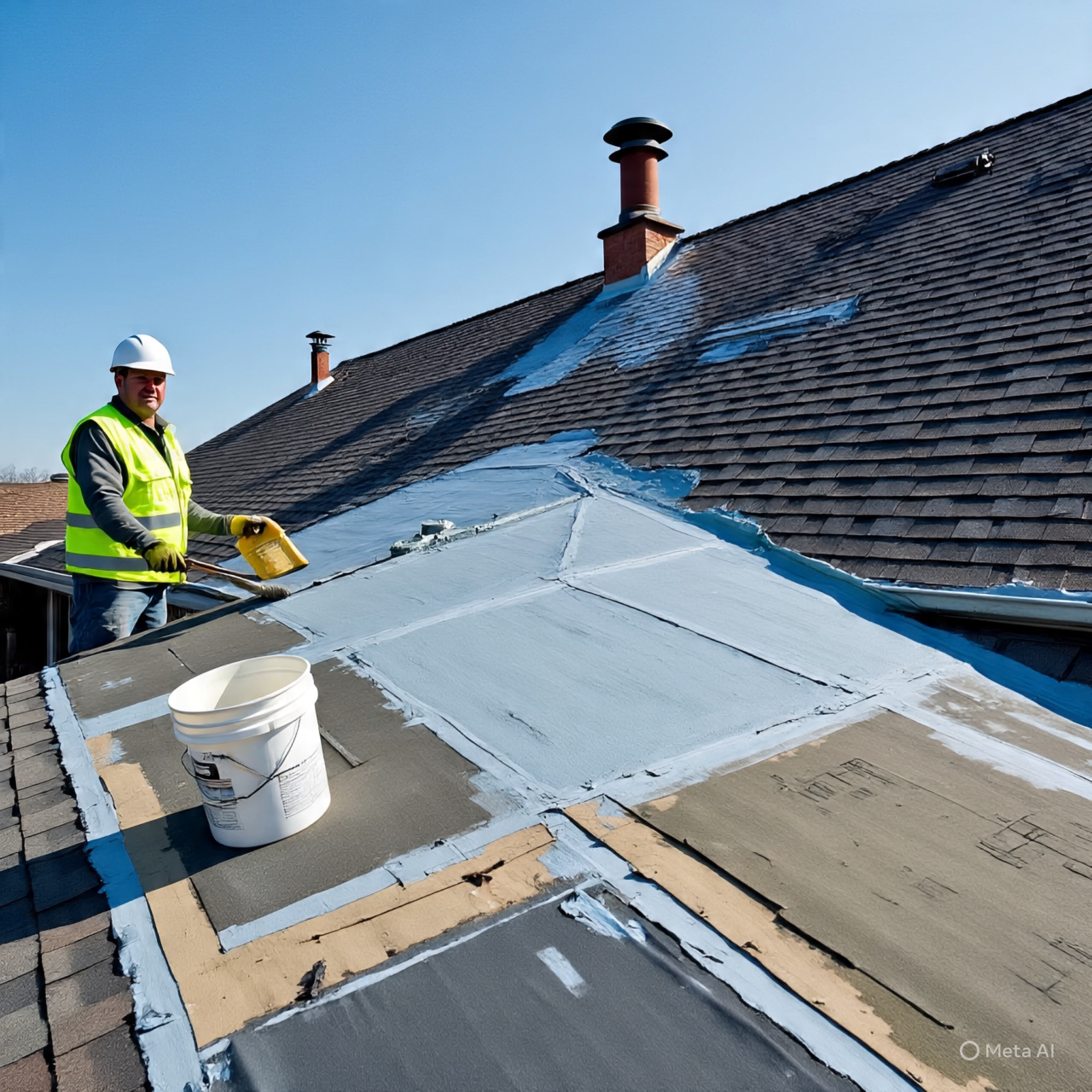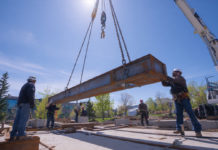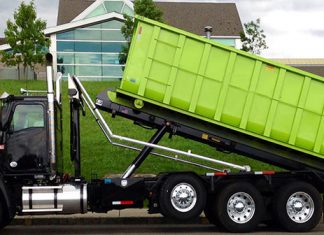Roohome.com – When it comes to home maintenance, your roof plays a crucial role in protecting everything underneath it. A well-maintained roof keeps out rain, wind, and other harsh elements that could otherwise cause significant damage. Yet, roofing is often overlooked until it’s too late when a leak starts dripping through the ceiling or water stains appear on walls.
Fortunately, with a few smart roofing tips for homeowners and regular maintenance, you can keep your roof in excellent condition and your home leak-free for years.
In this article, we’ll explore the most effective roofing strategies to prevent leaks, extend the lifespan of your roof, and save thousands in potential repairs. Whether you’re doing DIY upkeep or preparing for a full roof replacement, these insights will guide you toward smart, cost-effective decisions.
1. Choose the Right Roofing Material
The foundation of a leak-proof roof lies in the materials you use. Each material has unique properties that affect its durability, waterproofing ability, and resistance to temperature shifts.
Popular leak-resistant roofing materials include:
- Metal roofing: Highly durable and excellent at shedding water.
- Asphalt shingles: Affordable and easy to install, though they may degrade faster in tropical climates.
- Clay or concrete tiles: Ideal for hot climates, resistant to rot and insects.
- EPDM or rubber roofing: Commonly used for flat roofs with superior waterproofing.
Tip: Always match your roofing material to your climate, roof slope, and budget for maximum longevity and performance.
2. Prioritize Proper Roof Installation
No matter how expensive or premium your roofing material is, poor installation can lead to leaks in just a few months.
Key aspects to monitor during installation:
- Ensure overlapping of shingles or tiles is consistent and tight.
- Flashings (metal pieces around joints, chimneys, skylights) must be sealed correctly.
- Gutters and downspouts should be sloped and functional.
Hiring a licensed, experienced roofer is worth every penny. Ask for previous project photos and references before committing.
3. Schedule Regular Roof Inspections
Most people wait until a leak occurs before checking their roof. That’s too late.
Routine inspections (every 6 months or after major storms) can detect early signs of wear and prevent future damage.
During inspection, look for:
- Missing or broken shingles
- Rusted or loose flashing
- Moss or mold buildup
- Pooling water on flat roofs
- Cracked sealants around vents
Pro tip: Use a drone if accessing your roof is risky. Many roofing companies now offer drone inspections with high-resolution imagery.
4. Keep Your Roof Clean
Leaves, debris, bird droppings, and mold can trap moisture, which gradually breaks down roofing materials. Over time, this causes water seepage through the smallest cracks.
How to maintain a clean roof:
- Trim overhanging tree branches.
- Clean gutters every 3–4 months.
- Power-wash mold and moss from roof surfaces using low-pressure settings.
- Avoid placing heavy equipment or stepping in fragile areas like skylights or vents.
5. Install Proper Roof Ventilation
Good ventilation doesn’t just control temperature – it also helps prevent moisture buildup, which is a hidden culprit of roofing issues.
Without ventilation:
- Condensation forms under the roof
- Wooden components may rot
- Insulation becomes damp and ineffective
Install ridge vents, soffit vents, or attic fans to ensure continuous airflow beneath the roof structure. This also helps extend the life of your roof.
6. Waterproof Critical Areas
Leaks often originate in weak spots:
- Around chimneys
- Skylights
- Valleys (where two roof sections meet)
- Plumbing vent boots
These areas need extra waterproofing membranes, flashing tape, and high-grade caulking. During installation or re-roofing, invest in underlayment layers like synthetic or rubberized sheets to act as an extra moisture barrier beneath the shingles or tiles.
7. Don’t Delay Small Repairs
It’s tempting to postpone small issues like a missing shingle or a minor drip, but water damage spreads fast. What starts as a $50 fix can become a $5,000 nightmare if ignored.
Always keep some spare tiles/shingles from your last installation for emergency patchwork, and seal gaps as soon as they appear.
Bonus Tip: After every heavy storm, do a quick inspection, especially if you live in high-rainfall or typhoon-prone areas.
8. Apply Roof Coating for Extra Protection
Roof coatings are like sunscreen for your roof – they reflect UV rays, reduce heat absorption, and seal micro-cracks.
Types of roof coatings:
- Acrylic: Reflective, budget-friendly
- Silicone: Great for wet climates
- Polyurethane: High impact resistance
This is especially useful for older roofs nearing the end of their lifespan but not yet needing a full replacement.
Final Thoughts: Leak-Free Starts from the Top
A roof is more than just a cap for your house – it’s a critical line of defense against the elements. With regular maintenance, smart material choices, and professional installation, you can enjoy peace of mind, rain or shine.
